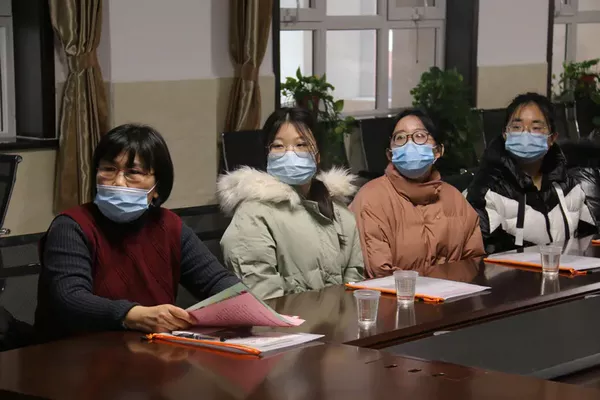Navigating the transition back to school after a mental health emergency can be a complex and challenging process for K-12 students. Dr. Lora Henderson Smith, an assistant professor at the University of Virginia’s School of Education and Human Development and a licensed clinical psychologist, sheds light on the issues surrounding this transition and proposes strategies to bridge the gap.
Q: What percentage of students seeking mental health care in the emergency department are admitted versus discharged the same day?
A: The majority of students presenting with mental health concerns in the emergency department are discharged without admission to the hospital. The exact figures vary based on regional resources, but studies indicate that as few as 8% may be admitted. Additionally, approximately 30% to 40% of these students are referred from schools, highlighting the collaborative role schools play in identifying students in need of support.
Q: How does this dynamic impact school mental health professionals?
A: Many school mental health professionals lack formal training in supporting students returning after a mental health crisis, despite facing this scenario frequently. While some schools have protocols for hospital-to-school transitions, there is often a gap in addressing emergency department-to-school transitions. This highlights the need for standardized procedures and enhanced training to ensure consistent support for returning students.
Q: What are the barriers preventing students from receiving adequate support upon their return to school?
A: Several factors contribute to the challenges students face in accessing support post-emergency department visit. Discrepancies in defining “imminent risks” between schools and emergency departments can result in students not meeting the threshold for hospital care. Moreover, privacy concerns and stigma surrounding mental health care may impede communication between families and schools. Building trust and fostering relationships between schools and families is essential to overcoming these barriers.
Q: What support do you envision for students returning to school after a mental health emergency?
A: Implementing an interconnected systems framework that integrates community resources with school-based support can enhance the continuum of care for students. Schools can initiate reentry meetings to discuss students’ needs comprehensively and ensure ongoing follow-up and progress monitoring. Involving all school staff, not just mental health professionals, in supporting students’ well-being can create a nurturing environment conducive to their academic, social-emotional, and mental health needs.
In summary, addressing the needs of students returning to school after a mental health emergency requires collaborative efforts, standardized procedures, and a whole-school approach to support their holistic well-being.


























